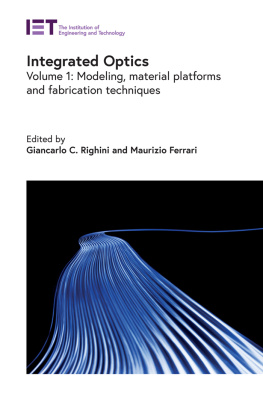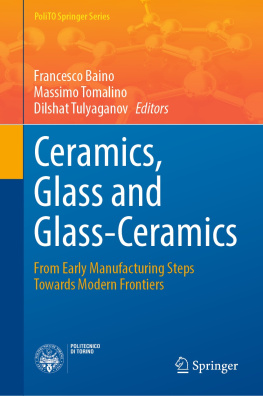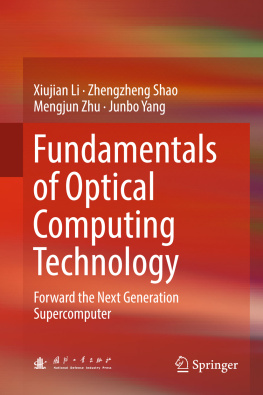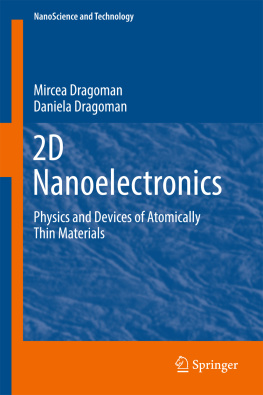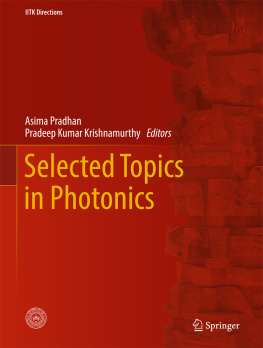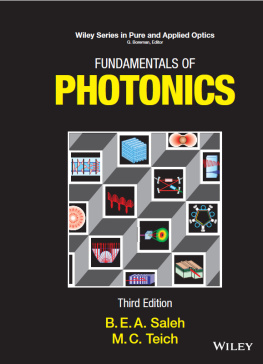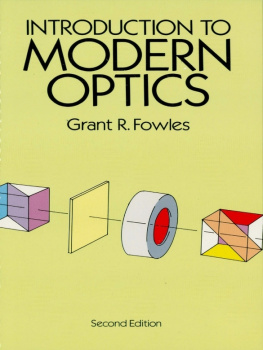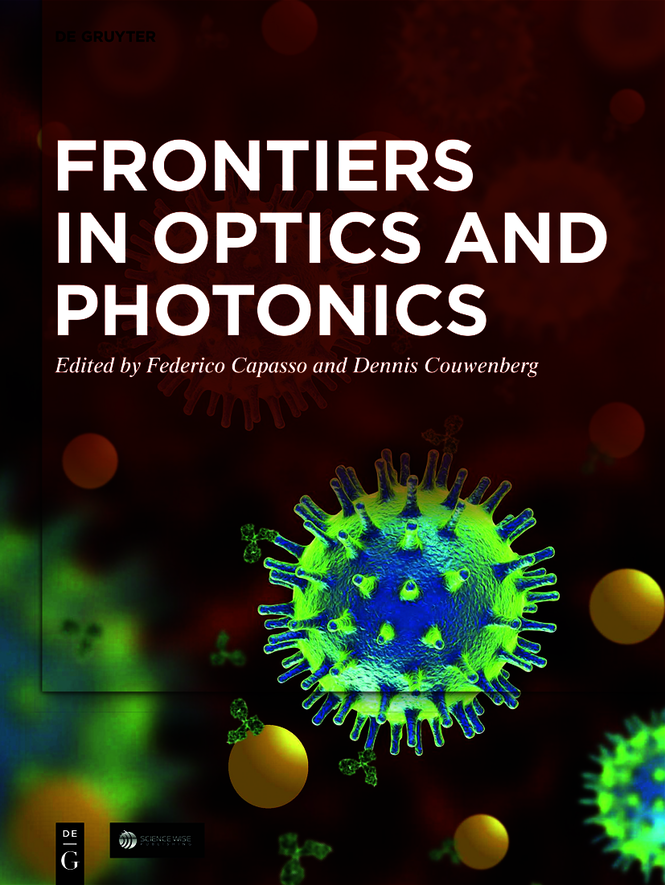The Deutsche Nationalbibliothek lists this publication in the Deutsche Nationalbibliografie; detailed bibliographic data are available on the Internet at http://dnb.dnb.de.
Disorder effects in nitride semiconductors: impact on fundamental and device properties
Claude Weisbuch
Materials Department , University of California , Santa Barbara , California , 93106-5050 , USA
Laboratoire de Physique de la Matire Condense, CNRS, Ecole Polytechnique, IP Paris , 91128 , Palaiseau , France
Shuji Nakamura
Materials Department , University of California , Santa Barbara , California , 93106-5050 , USA
Yuh-Renn Wu
Graduate Institute of Photonics and Optoelectronics and Department of Electrical Engineering , National Taiwan University , Taipei , 10617 , Taiwan
James S. Speck
Materials Department , University of California , Santa Barbara , California , 93106-5050 , USA
This work was supported by the U.S. Department of Energy under Award No. DE-EE0008204, supported by the National Science Foundation under award # 1839077 (through a subcontract from the University Minnesota), grants from the Simons Foundation (601952, J.S.), (601954, C.W.) and by the Ministry of Science and Technology in Taiwan under Grant No. MOST 108-2628-E-002-010-MY3.
Abstract
Semiconductor structures used for fundamental or device applications most often incorporate alloy materials. In usual or common IIIV alloys, based on the InGaAsP or InGaAlAs material systems, the effects of compositional disorder on the electronic properties can be treated in a perturbative approach. This is not the case in the more recent nitride-based GaInAlN alloys, where the potential changes associated with the various atoms induce strong localization effects, which cannot be described perturbatively. Since the early studies of these materials and devices, disorder effects have indeed been identified to play a major role in their properties. Although many studies have been performed on the structural characterization of materials, on intrinsic electronic localization properties, and on the impact of disorder on device operation, there are still many open questions on all these topics. Taking disorder into account also leads to unmanageable problems in simulations. As a prerequisite to address material and device simulations, a critical examination of experiments must be considered to ensure that one measures intrinsic parameters as these materials are difficult to grow with low defect densities. A specific property of nitride semiconductors that can obscure intrinsic properties is the strong spontaneous and piezoelectric fields. We outline in this review the remaining challenges faced when attempting to fully describe nitride-based material systems, taking the examples of LEDs. The objectives of a better understanding of disorder phenomena are to explain the hidden phenomena often forcing one to use ad hoc parameters, or additional poorly defined concepts, to make simulations agree with experiments. Finally, we describe a novel simulation tool based on a mathematical breakthrough to solve the Schrdinger equation in disordered potentials that facilitates 3D simulations that include alloy disorder.
Keywords: IIIV alloys, alloy materials, fundamental and device properties, LEDs, nitride semiconductors,
Introduction
Modern semiconductor structures and devices combine different elements, compounds and alloys to form heterostructures. Their importance was recognized by the attribution of the 2000 physics Nobel prize to Zhores Alferov and Herbert Krmer who developed the concepts that resulted in the field of bandgap engineering. To realize many heterostructure designs, the material palette includes alloys because pure compounds or elements often do not have the necessary material properties for specific heterostructure designs. This is best seen in , which shows the bandgap map of the major semiconductors. With the exception of the GaAs/AlAs material pair, where the compound materials are nearly lattice matched, other pure compound pairs typically have large lattice mismatched. To obtain materials with acceptable defect levels, strain is reduced compared with pure compound associations by using alloys with intermediate lattice constants in heterostructures. Alloys have random substitutions of atoms at well-defined sites within the crystal structure (these alloys do not have positional disorder). Therefore, electrons and holes experience a random potential at a scale of the unit cell.

Figure 1: Bandgap map of major semiconductors.
In usual IIIVs, alloy disorder has nonessential consequences. As the disorder-induced potential fluctuations are weak, band structure properties can be described by the virtual crystal approximation (VCA) where each potentially disordered atom site is substituted by an artificial atom interpolating between the properties of the actual constituent atoms (we leave outside this review the very different case of disordered semiconductors where disorder is introduced through dopants, see the study by Shklovskii and Efros [] for a very thorough analysis). Thus, the crystal is perfectly ordered and carrier quantum states are Bloch waves. To account for disorder, a perturbation is introduced, which is the potential difference between the VCA atom potential and the real atom potential. This allows computation, for example, of the alloy disorder contribution to mobility, as well as the bowing parameter determining the quadratic variation of the bandgap with alloy composition.
In contrast, the random potential due to alloy disorder in nitride semiconductors is so large that it leads to localization properties that cannot be described as perturbations. This significantly impacts in a major way many fundamental properties of the group III nitrides. However, so far, no full microscopic model exists yet to describe optical and transport phenomena as four challenges exist: (1) modeling requires accurate microscopic descriptions of alloy heterostructures, with some open questions on alloy randomness, interface abruptness and composition variation along the growth direction; (2) the high extended and point defect densities existing in nitride materials can add another level of complexity for the description of the physical system. For instance, the large difference between optoelectronic performance of molecular beam epitaxy (MBE)-grown materials compared with metal-organic chemical vapor deposition (MOCVD)-grown ones is still mysterious, although part of the explanation could be due to the presence of Ca impurities in MBE material acting as a killer impurity []; (3) for the electronic quantum description, a number of phenomena need to be further explored such as electron-hole carrier localization and tunneling, Coulomb interactions, Simulations of basic optical properties requires the computation of numerous energy levels, energy relaxation toward emitting levels, computation of the carrier population, Simulations of LEDs require the additional computation of transport coefficients taking disorder and localization into account, both for perpendicular transport (IV characteristics of LEDs, unipolar barrier transport) and in-plane transport. All these tasks require huge computational resources; (iv) finally, for comparisons with simulations, experiments need to determine accurate parameters, avoiding systematic errors.


